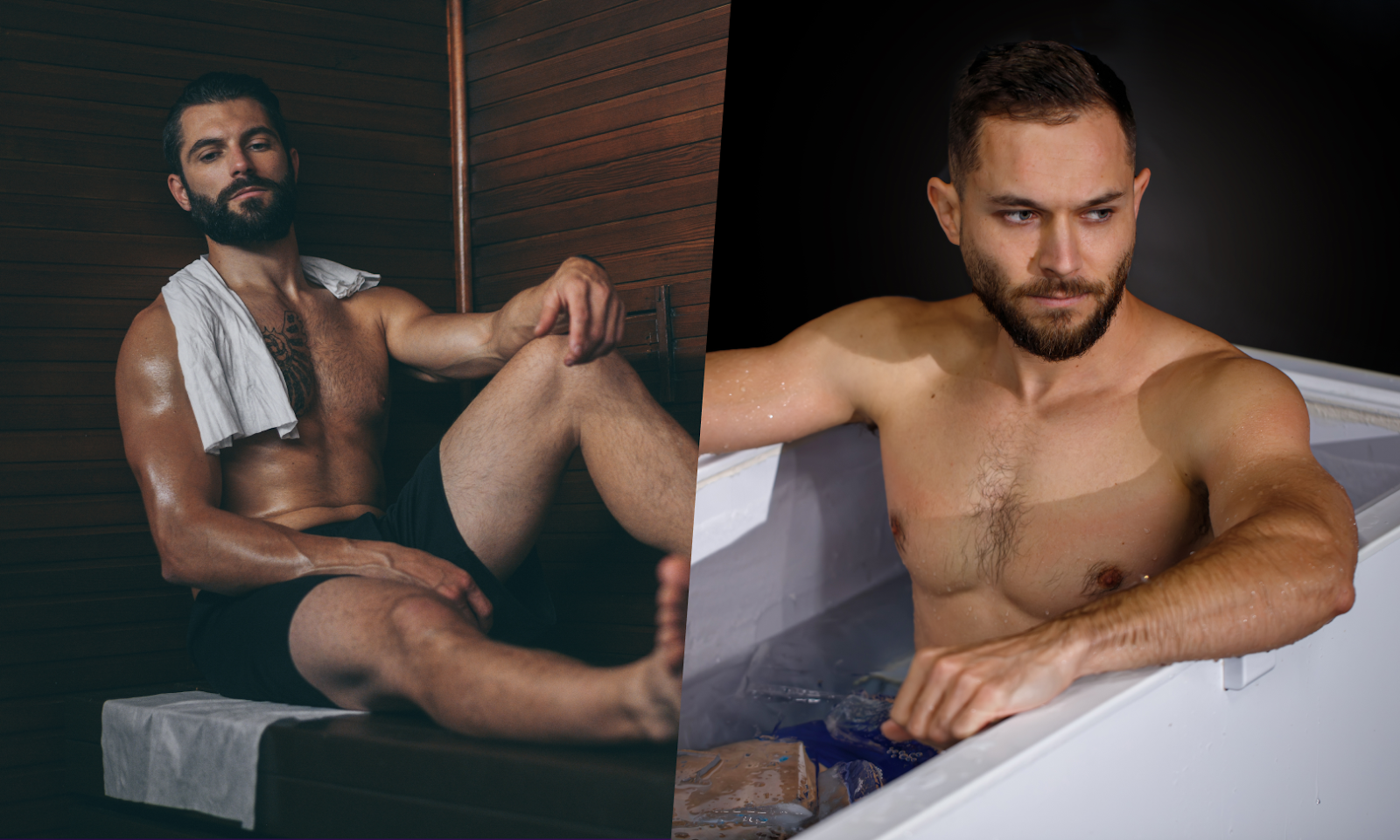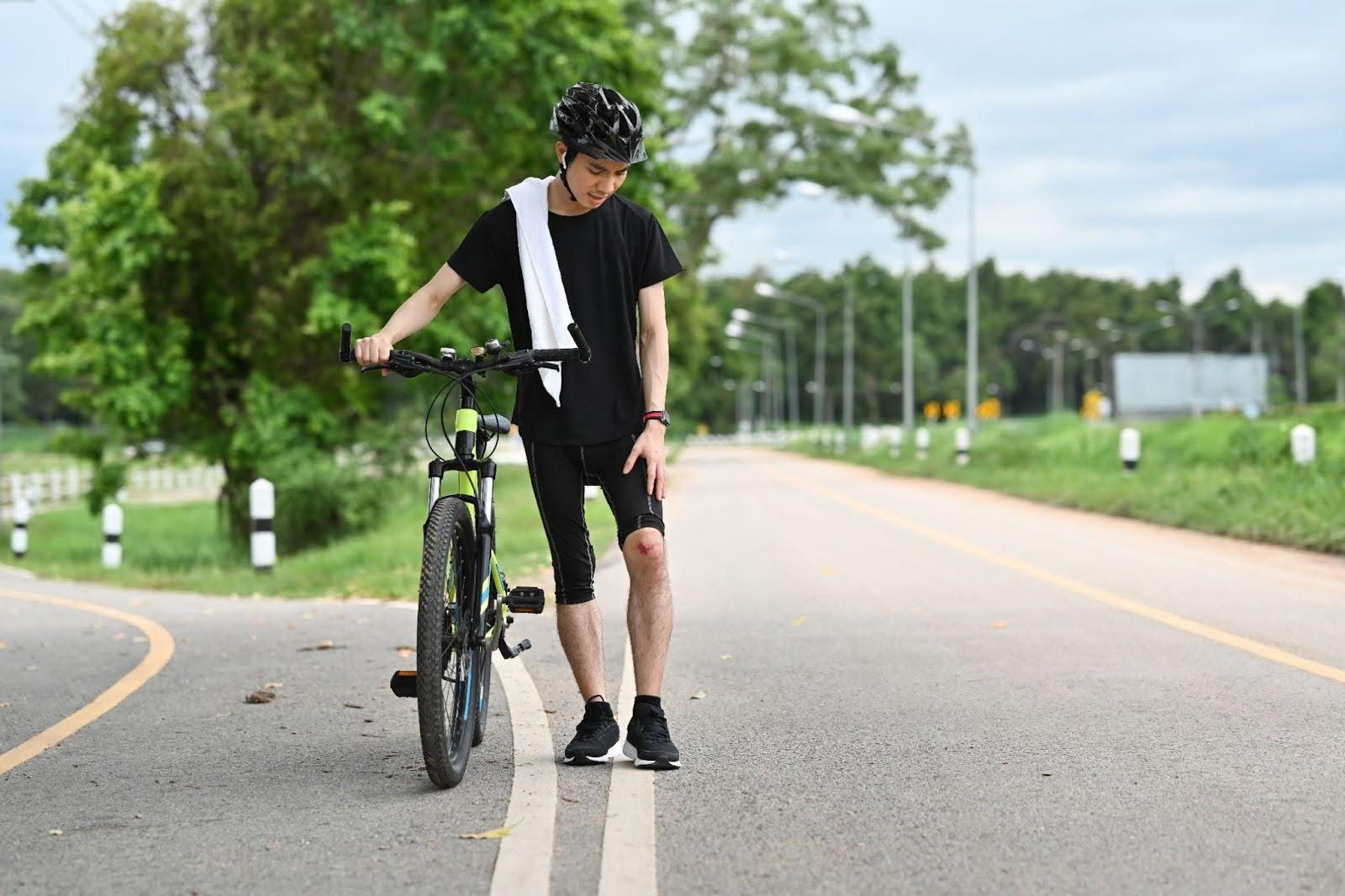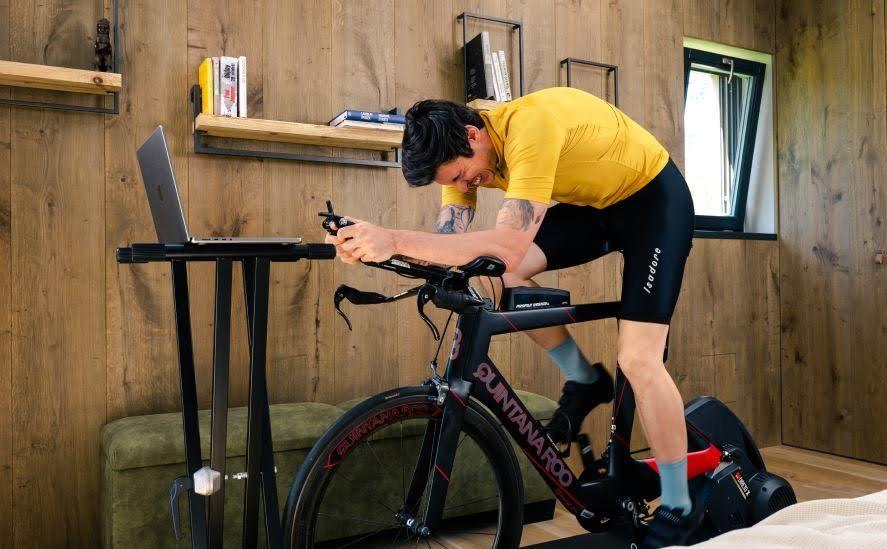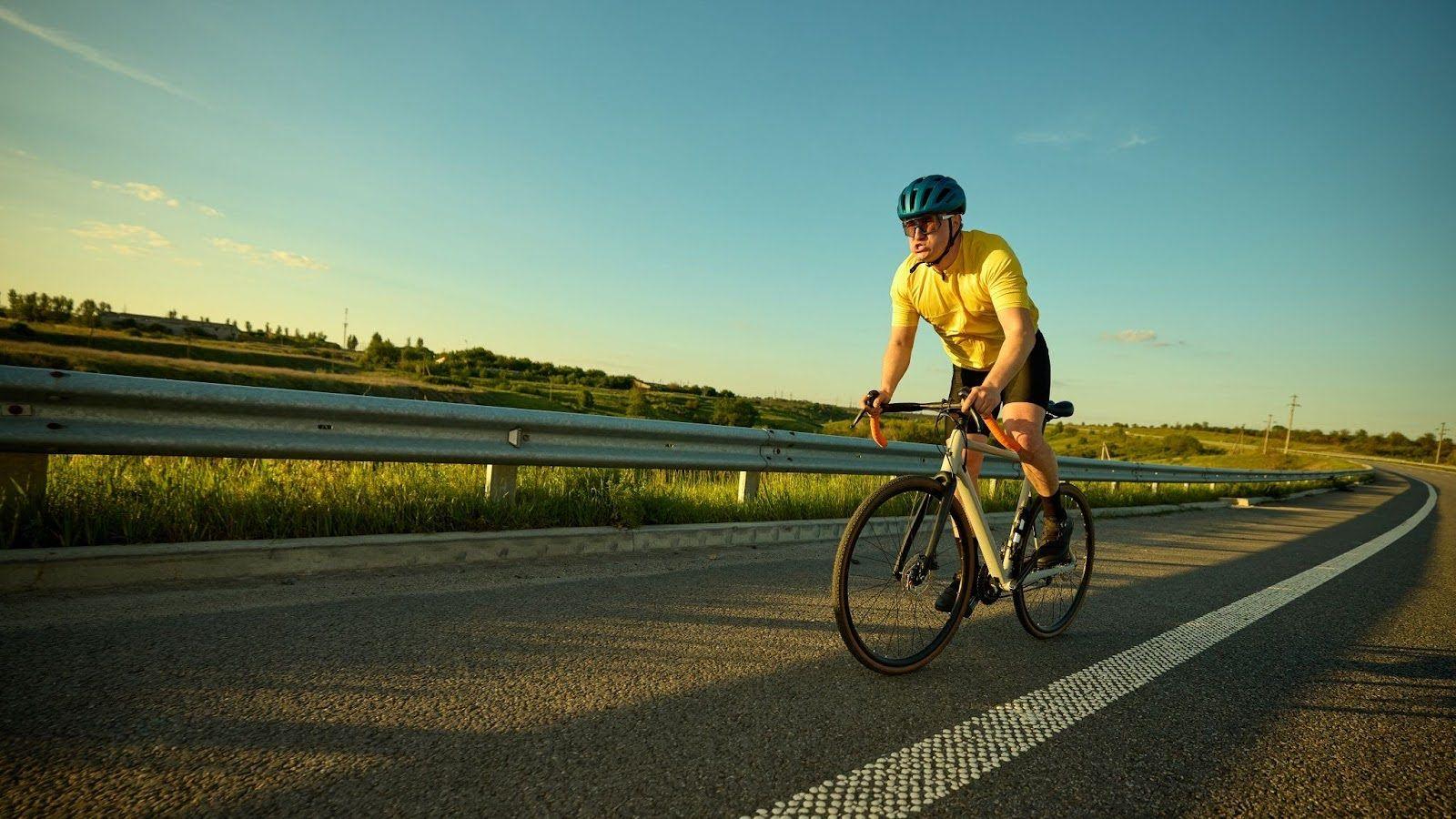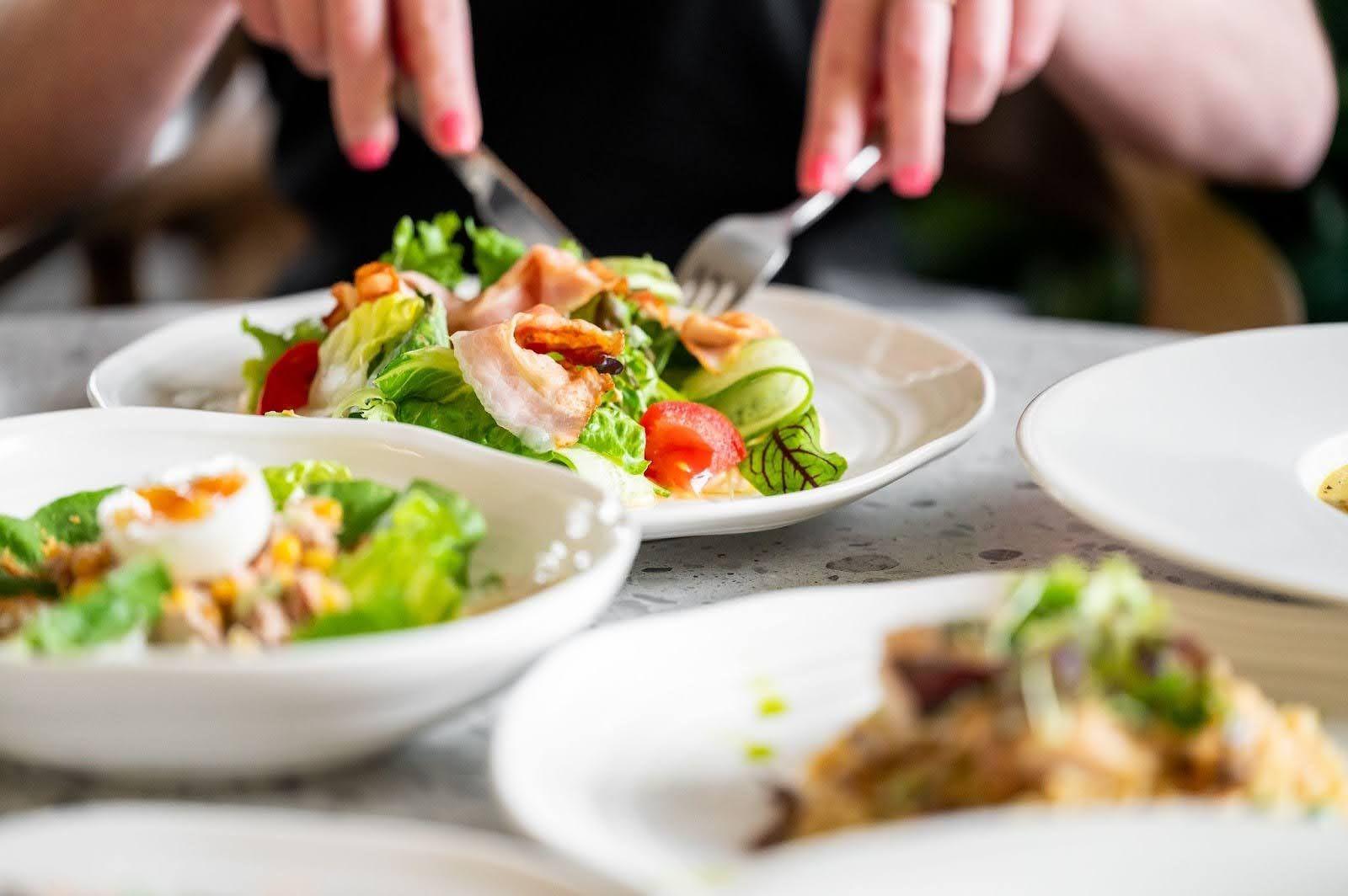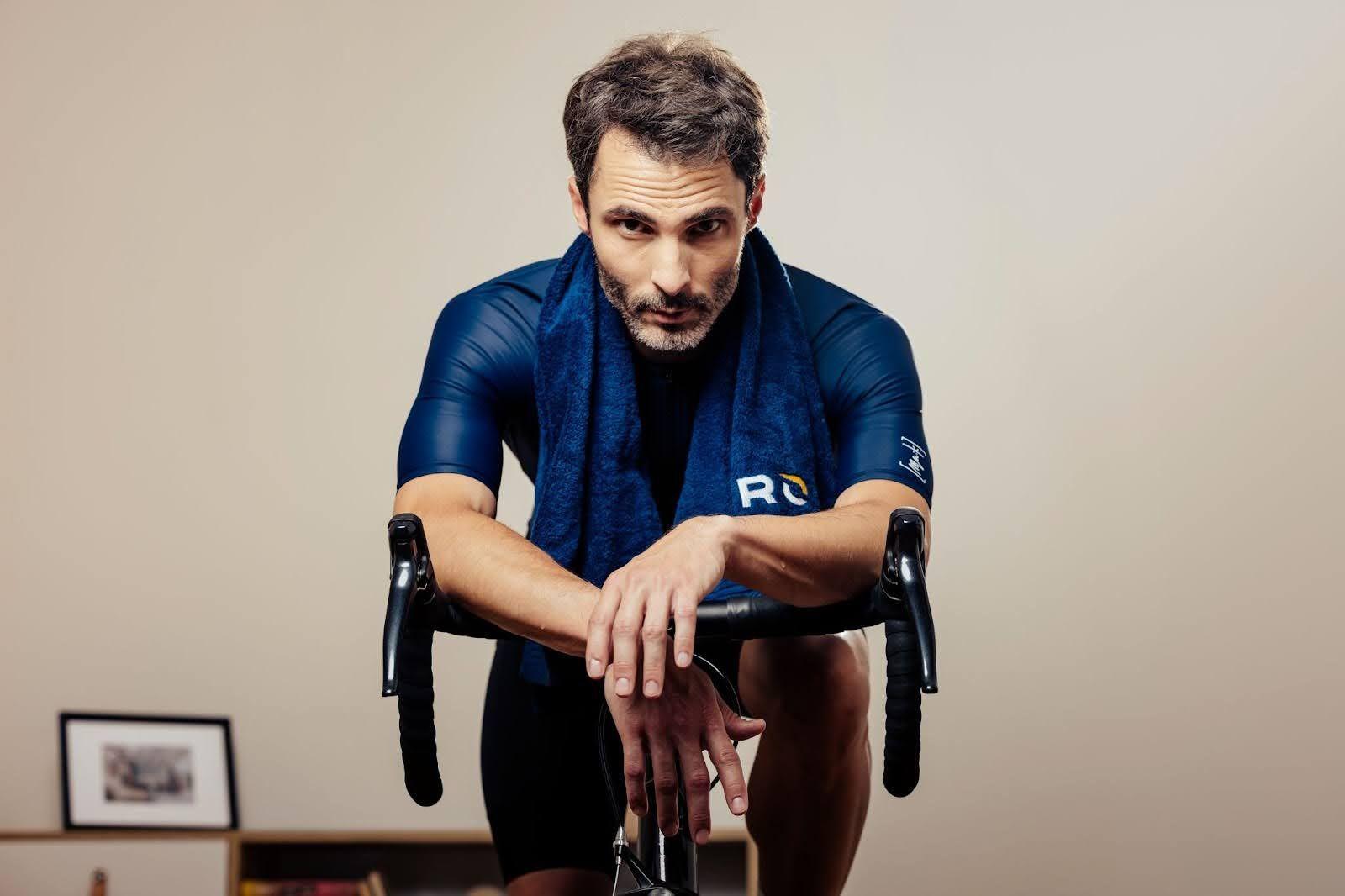If I tell you this, will you promise we’re still friends? Recovery is just as important as training! I’ve met too many athletes who sabotage their progress by going full gas on every ride and not allowing themselves enough time to recover. And that’s a big mistake.
Recovery is when your body repairs the damage and stress from training and makes adaptations that lead to more strength and better fitness. It’s actually the rest that makes us better and stronger. Without rest and optimal recovery, your muscles don’t have a chance to rebuild. Your performance will drop, and your chance of injury goes up. You might see your times getting slower and your fatigue getting stronger.
Recovery doesn’t just make your muscles stronger. It helps you restore mental balance and energy and reduces inflammation. Better recovery will make you a better athlete, so how do we go about it?
Let’s talk about some of the best practices for recovering from workouts on the ROUVY indoor cycling app and your outdoor training rides. We’ll also explore how heat and cold exposure – from sauna sessions to cold showers – can support cycling recovery, performance and overall wellbeing.
We’ll take a look at the benefits of heat and cold therapies, look out for potential risks, and share an ideal recovery routine with ROUVY. If you have health concerns, you may want to talk to your healthcare provider before employing any hot and cold strategies. Cold/heat exposure may not be suitable for people with cardiovascular conditions.
Let’s go!
Cold showers: Benefits and when to use them
We usually associate cold therapy with ice baths, and that’s not wrong. But ice bath cycling recovery can also take the form of a cold shower or a localized application of ice, which makes it a lot more accessible. For many cyclists, cold showers offer a practical alternative to a cold plunge while still supporting recovery.
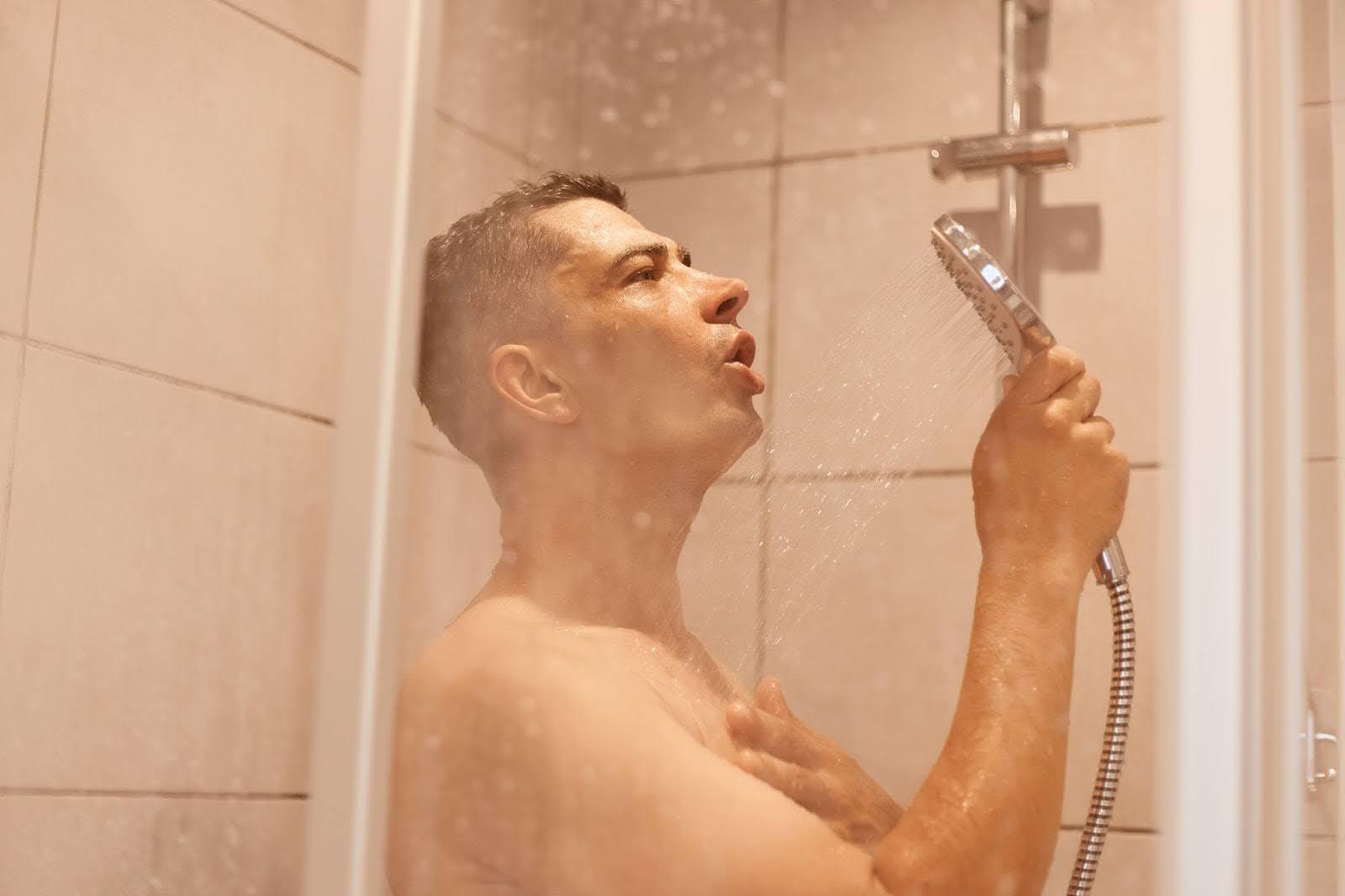
According to this UCLA Health study on the benefits of cold showers, they can:
Improve circulation
Increase metabolism
Prevent delayed-onset muscle soreness (DOMS)
May increase mood and decrease anxiety
Boost your immune system
You can time your cold showers for after your hard workouts. You’ll want your water temperature to be below 15.5°C (60°F). In a typical home, this means setting the shower to the coldest setting.
Don’t rush it! Start with just 30 seconds of cold water and work up to a 2- to 3-minute cold shower.
Alternate hot and cold. In the UCLA Health study cited above, some trainers recommend contrast showers. Start with 3 minutes of hot water, followed by 1 minute of cold. Repeat three times, and make sure you end on cold to reduce inflammation.
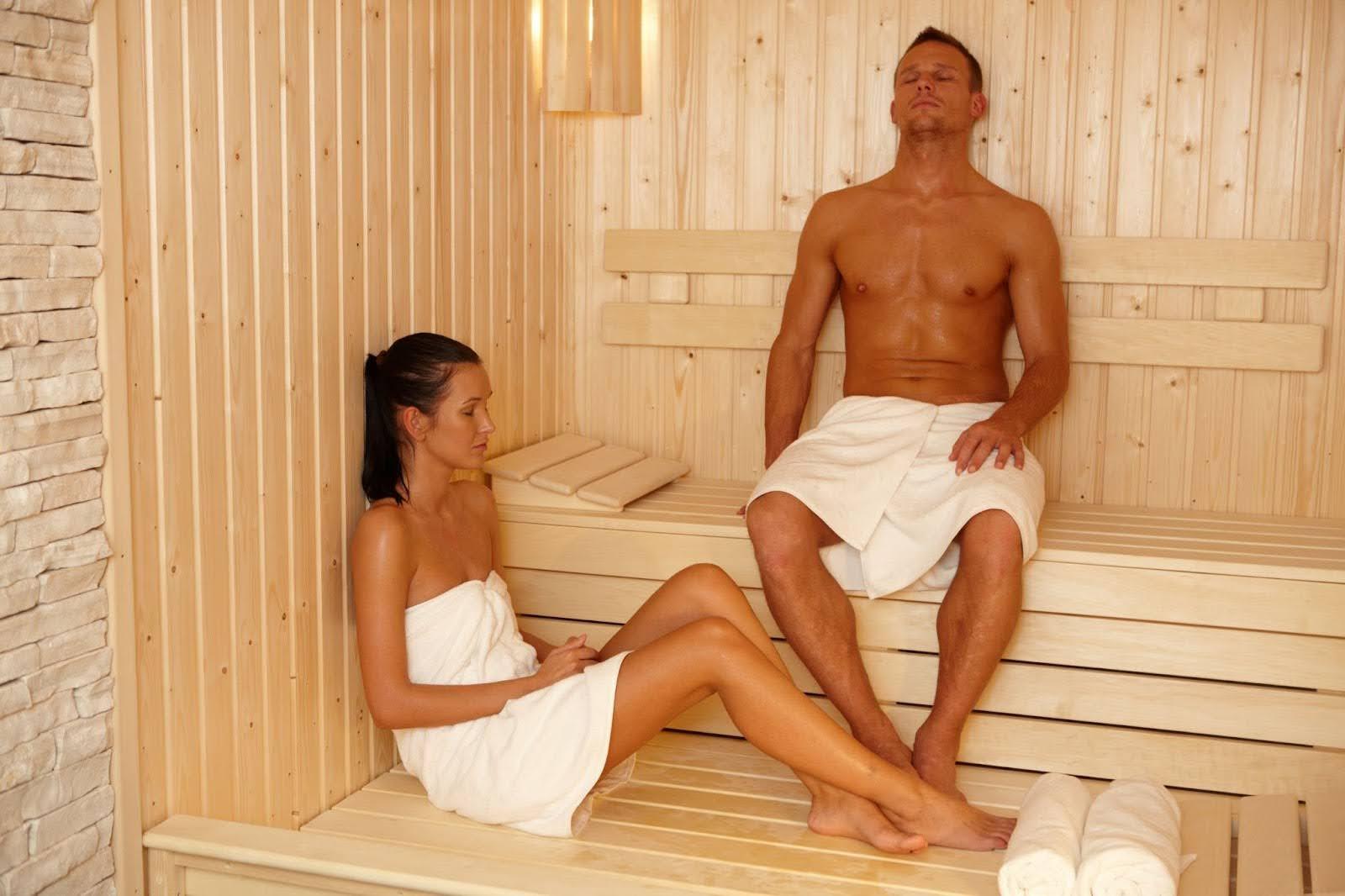
Sauna sessions: The heat advantage
Sauna sessions are one of the most effective heat-based tools for cycling recovery.
Saunas can play a big role in your recovery. By increasing blood flow and reducing inflammation, sauna use can speed muscle recovery. Saunas also improve cardiovascular capacity and heat tolerance. It’s like doing heat adaptation training while sitting still. Saunas aid muscle relaxation and stress reduction.
Other benefits include:
As sauna heat penetrates deep into muscle tissues, it can alleviate tension in the fascia.
Improved circulation from time spent in the sauna supports faster lactate removal.
Heat therapy reduces systemic inflammation and accelerates tissue repair.
Saunas can mitigate oxidative stress, reduce free radical damage, and increase mitochondrial energy production, boosting cellular energy.
Sauna use can also increase blood plasma, which in turn improves cardiovascular efficiency.
Regular sauna use can also support long-term training adaptations, which benefits cyclists during high-volume training blocks.
Olympian Haley Smith told Terry McKall of Canadian Cycling Magazine that she has trouble with systemic inflammation. She finds that time in the sauna helps her manage this.
“I don’t know the research as well but I know sauna use is linked to helping your body process and limit that kind of inflammation,” Smith said. “So I was pretty interested in using it for that reason. And that’s the reason we use it throughout the off-season, or how I use it, helping my body keep that under wraps.”
TIP: You can use your sauna pre-workout for 10 to 15 minutes to help warm up your body and prepare it for exertion.
If you need cycling recovery, sauna time is the way to go. Jump in post-workout for 20 to 30 minutes to promote relaxation and enhance glycogen resynthesis. On rest days, longer sessions can enhance heat acclimation, improve re
Contrast therapy: Combining hot and cold
Contrast therapy involves alternating between hot and cold therapies, typically by immersion. This technique can improve blood flow, speed up recovery after cycling or training, and reduce muscle soreness. It works by causing your blood vessels to alternate between widening and constricting, creating a sort of vascular pump that reduces inflammation, flushes metabolic waste and promotes tissue oxygenation.
How to use contrast therapy: Cycling and triathlete edition
You can use a combination of hot and cold showers, warm baths and a cold plunge. Many cyclists find contrast therapy especially helpful during multi-day triathlon training blocks or heavy ROUVY sessions. For best results, use contrast therapy within an hour of completing your workout.
The warm phase should be around 37.5 to 43°C (100 to 110°F). It should feel comfortable.
The cold phase should be cold, but not feel like freezing, somewhere around 10 to 15°C (50 to 59°F).
You’ll cycle through the hot and cold phases. Typically, you might want to use heat for 2 to 3 minutes, then cold for about 1 minute. Repeat 2 to 3 times. Always finish on cold to reduce inflammation.
Consult your practitioner if you have any pre-existing conditions, such as cardiovascular disease, cold sensitivity (such as Raynaud’s syndrome), or high blood pressure. If you feel dizzy or any other discomfort, stop immediately.
